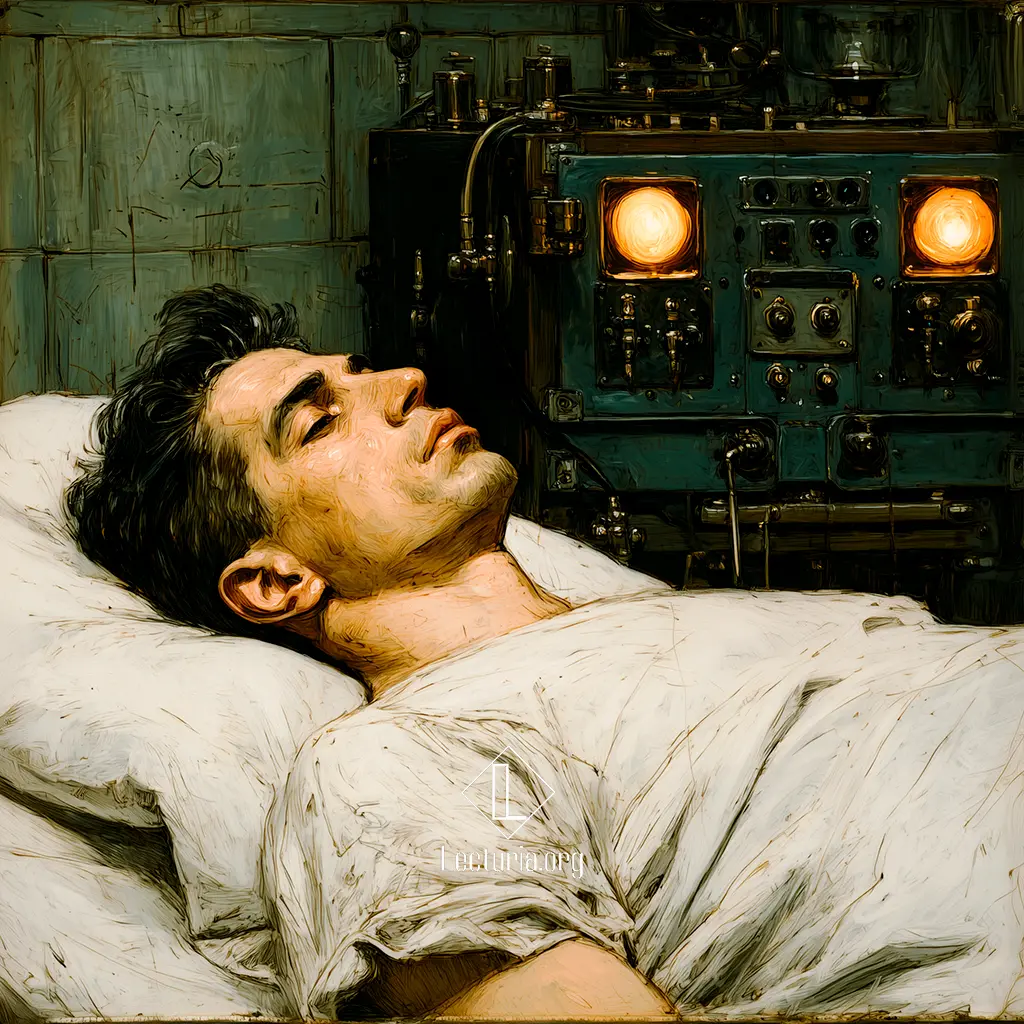Samanta Schweblin: Preserves
“Preserves” is a short story by Samanta Schweblin, published in 2008 in the anthology La furia de las pestes. The story follows a young woman facing an unplanned pregnancy that disrupts her plans, her routine, her relationship, and the family’s sense of calm. As her body changes, she experiences growing anxiety, insomnia, and a feeling of losing control. Together with her partner, they explore various alternatives: obstetricians, healers, a midwife, and a shaman. Eventually, they meet Dr. Weisman, whose proposal seems to offer a definitive solution to their problems.





